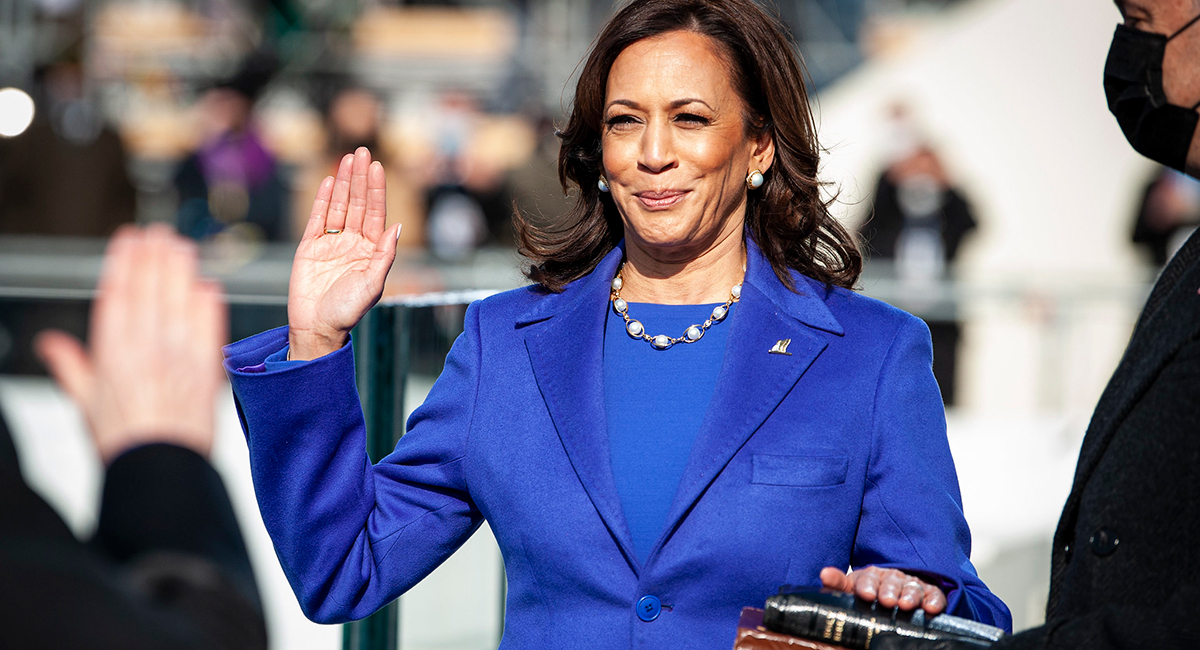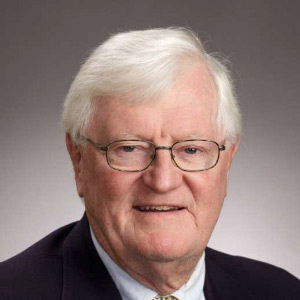On Sept. 9, Vice President Kamala Harris said in an exclusive interview with “Meet the Press”: “I think this is an activist court.” She added, “We had an established right for almost half a century, which is the right of women to make decisions about their own body ... the privacy rights to which all people are entitled. And this court took that constitutional right away.”
Since the 1973 decision in Roe v. Wade, support for abortion has rested in large measure on stare decisis (“Let the decision stand”), that is, on precedent. But if stare decisis is the basis of the argument on abortion, those taking that position today have lost.
Here’s how: From 1787 and the ratification of the Constitution to 1973—186 years later—hundreds of Supreme Court justices neither found nor created an argument of stare decisis in the Constitution to defend a constitutional right to abortion. Why not? Because that right was not in the Constitution. In 1973 the court installed the right to abortion in the Constitution. That was a political, social intervention.
Apparently, Justice Samuel Alito’s driving flaw in Dobbs v. Jackson this year was that he was too honest to find a constitutional right to abortion in the Constitution or a stare decisis basis in the history of the Supreme Court.
Harris rails against an activist court, but the court in 1973 was patently activist in declaring a right to abortion in the Constitution that no other court in the past 186 years had seen.
All judges have judicial philosophies; none takes the bench with a blank mind. So, it is fitting to examine the political leanings of the 1973 Supreme Court. The vote in Roe v. Wade was 7 to 2. Justices Byron White and William Rehnquist voted nay; voting yea were: William O. Douglas, nominated by President Franklin Roosevelt; William Brennan and Potter Stewart, both nominated by President Dwight Eisenhower; Thurgood Marshall, nominated by President Lyndon Johnson; and Lewis Powell, Chief Justice Warren Burger, and Harry Blackmun, all nominated by President Richard Nixon. Burger and Blackmun, both from Minnesota, were initially close friends but became adversaries with Blackmun’s strong political movement to the left. Blackmun drafted the decision in Roe v. Wade.
It is relevant that I reveal that I worked for or with Chief Justice Burger for nine years and four months till his death. I even wrote a book about him. He called me his chief of staff when I was staff director of the bipartisan presidential Commission on the Bicentennial of the United States Constitution.
Twice I asked him privately about his yea vote in Roe. Both times he became immediately upset, arguing that he appended a disclaimer to the decision that it was “not to be abortion on demand,” although that’s what it quickly became. I knew the chief intimately and could sense that he was not happy with that outcome. Many had argued that the case had been poorly argued and should be reheard. One of those was Samuel Alito.
We seem to get concerned when justices get political but think about that. It’s really impossible to avoid ideology on the bench. Constitutional scholar and author Jeffrey Toobin got it right when he observed in “The Nine: Inside the Secret World of The Supreme Court,” “When it comes to the core of the Court’s work ... it is ideology, not craft or skill, that controls the outcome of cases. ... When it comes to the incendiary issues that end up in the Supreme Court, what matters is not the quality of the arguments but the identity of the justices.” What separates justices “is judicial philosophy—ideology—and that means everything on the Supreme Court.”
All justices have a judicial philosophy, but some are better at making the case—Samuel Alito, for example.








